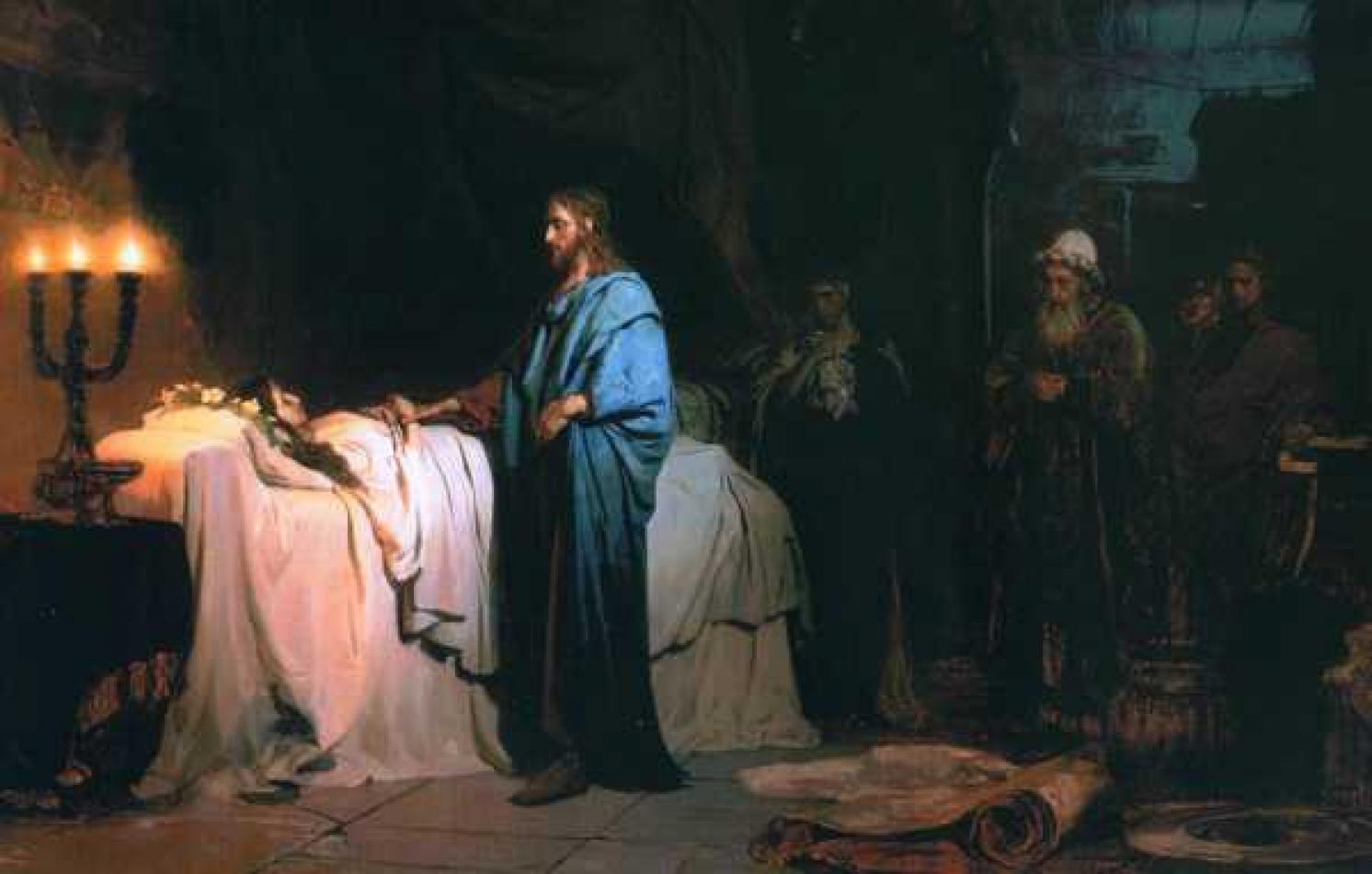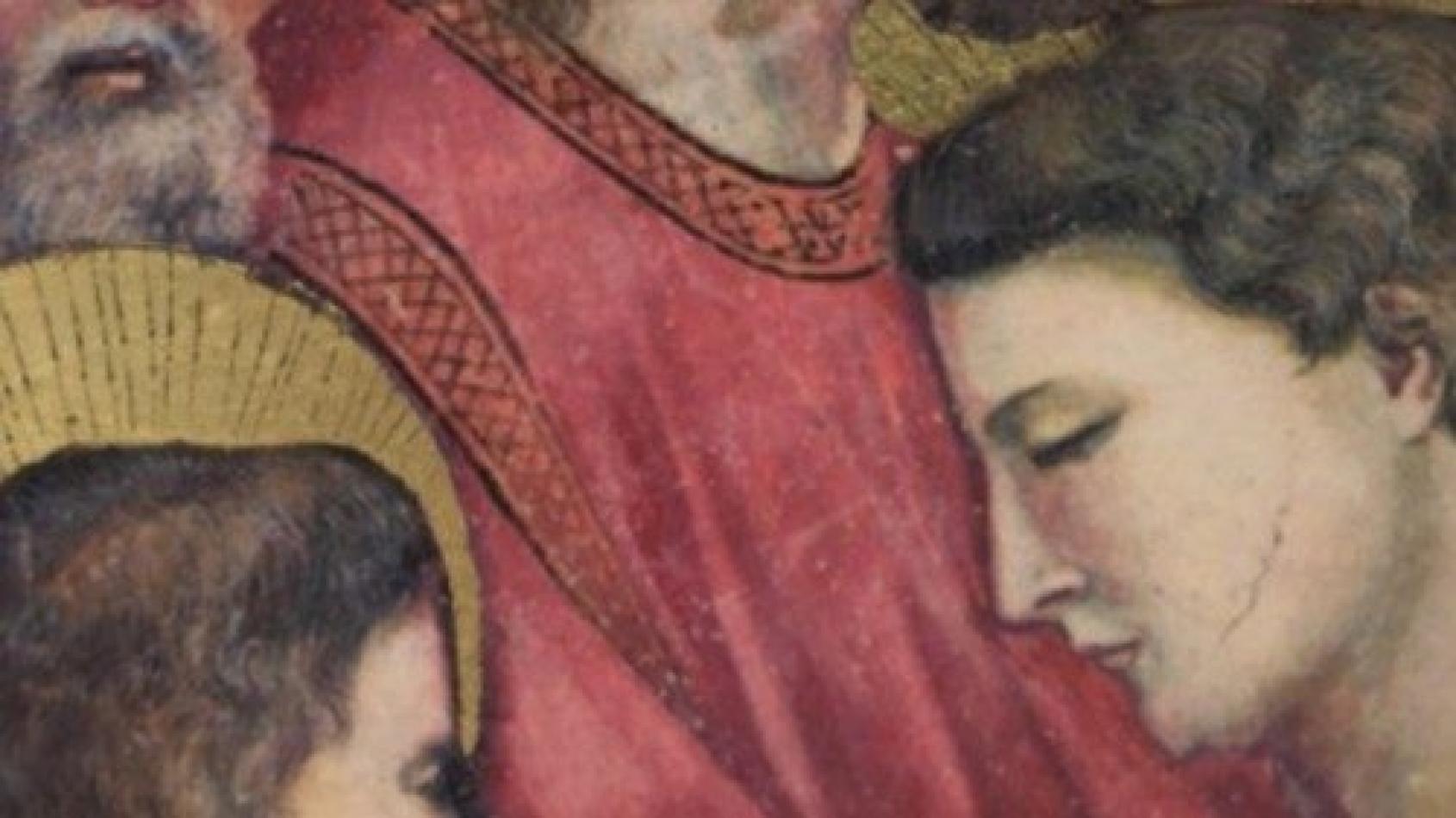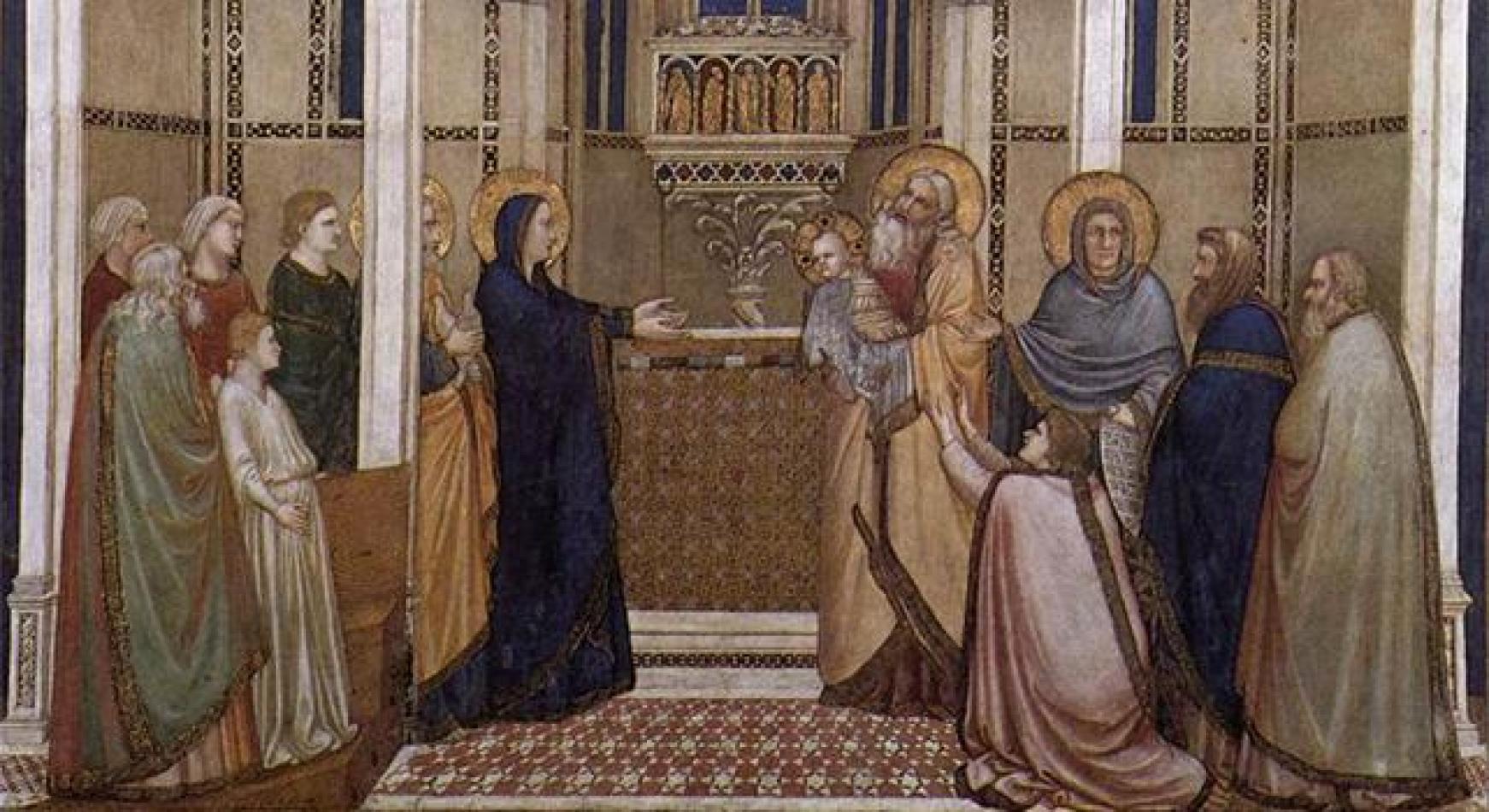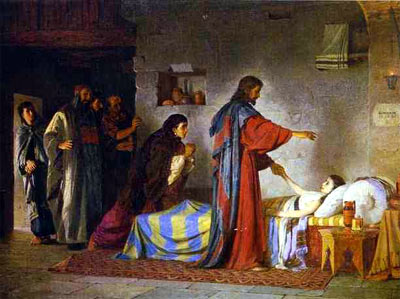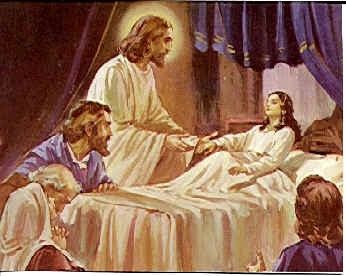Daniel Comboni
Comboni Missionaries
Institutional area
Other links
Newsletter
We read today Mark’s chapter five, in which we continue watching Jesus on both sides of Galilee lake with a clear message of God’s nearness to the poor and those with a “broken heart”; a message that is conveyed, not only in inspiring words, buts also in concrete gestures that confirm the words and give them a kind of “physical” consistency. Jesus performs what we can call “messianic signs”, that is, concrete actions that reveal God’s presence among his people from both “sides” of the lake: Gerasa and Capharnaum. (...)
Two lives restored
A commentary on Mk 5, 21-43
We read today Mark’s chapter five, in which we continue watching Jesus on both sides of Galilee lake with a clear message of God’s nearness to the poor and those with a “broken heart”; a message that is conveyed, not only in inspiring words, buts also in concrete gestures that confirm the words and give them a kind of “physical” consistency. Jesus performs what we can call “messianic signs”, that is, concrete actions that reveal God’s presence among his people from both “sides” of the lake: Gerasa and Capharnaum.
From “impure” to God’s children
In today’s Reading we are told about the story of two women (a twelve year old girl and a grown up woman who has been sick for twelve years). In spite of being impure (as a dead body or as someone loosing blood), both are touched by Jesus and they are restored, not only to live, but also to their dignity as God’s children, able to rise up (“Get up”), to believe (“Your faith has saved you”), and to share in the banquet of life (“Give her something to eat”).
Some people may look at this episode as if Jesus were a magician, with special powers, able to produce magic effects… Certainly I have no doubts about Jesus’ power. But I do not think that this is the right perspective to understand what happened in the river of Galilee Lake or what it continues to happen with many believers today. The right perspective is to consider this and other episodes as “messianic signs”, that is, actions and gestures that flow out of two fundamental elements:
– The extraordinary capacity that Jesus has to love and be in communion with people in their concrete situations, beyond and in spite of traditional taboos; to be in deep and close relationship with people, taking very seriously the reality of each person; to communicate to others his own experience of the Father’s loving nearness. As Benedict XVI says, only love redeems. When somebody is loved, he or she recovers the dignity and becomes able to rise up and have full live.
– The faith of humble people, who, threatened by sickness and death, raise their hearts and their hopes to God as their last refuge. In my missionary live in Africa, Europe and America, I have met quite often people like the dad of that twelve years old girl o that woman in despair because of a humiliating sickness.
Before such situation of distress, people look for any kind of possible help: medicine, prayer, advice… anything that can be a ray of hope. Many people rebuke them, scoff them, pity them… But they need to be taken seriously and respected in their anguish and hope. This is precisely what Jesus does: from his deep experience of communion with the Father he is able to be in communion with those God’s children who are crossing a sea of difficulties and despair and having doubts about their own value and dignity.
Word and action
All human beings, included those who appear most self-assured, are feeble creatures exposed to sicknesses, suffering, despise, dangers and, after all, death, even if a miracle expands our limited time of existence. That’s why I do not think that the objective of Jesus’ miracles was to extend for a while our live, but an altogether different live, marked by the confidence in a real, dignifying and fruitful God’s love. After Jesus “sign” to them, the two women we see in today’s reading could say truly: “I am important for Jesus, I am important for God, I am important for the community of Jesus’ friends. What is important for me is not that I am sick, but that I am a GOD’s CHILD.
This is the central message given by Jesus. And to pass it out to people, He uses words and “messianic signs” that appear in a double quality:
– They are quite concrete and practical, related to the real life of people; they are a concrete help to solve a concrete problem of people’s life.
– They go beyond their concrete effect: even if they are quite material, they are more than that: they communicate something very especial about the person, empowering her to get up, enjoy life and become a helper to others
That is why the Christian mission, following the steps of Jesus, walks always on this double principle: word and action, faith and charity, material and spiritual. Both dimensions are essential and recall each other: word without action degenerates in lie; action without word misses its saving meaning.
Fr. Antonio Villarino
Bogotá
Mark 5: 21-43
A WOMAN’S GREAT FAITHW
by José Antonio Pagola
The scene is surprising. Mark the Evangelist presents an unknown woman as a model of faith for the Christian communities. From her they can learn how to seek Jesus with faith, how to reach a healing contact with him, and how to find in him the energy to begin a new life, full of peace and health. Unlike Jairus, who is identified as «the president of the synagogue» and an important man in Capernaum, this woman is a nobody. We only know that she suffers a hidden sickness, typically feminine, that keeps her from living her life as a woman, wife and mother in a healthy way.
She suffers much both physically and morally. She’s been ruined going around seeking help from doctors, but no one’s been able to heal her. However she resists living always as a sick woman. She’s alone. No one helps her come close to Jesus, but she will know how to get to him. She doesn’t wait passively for Jesus to come to her and place his hands on her. She herself seeks him out. She will go about overcoming every obstacle. She will do everything she can and knows how to do. Jesus will understand her desire for a more healthy life. She completely trusts in his healing power.
The woman isn’t satisfied only with seeing Jesus from afar. She seeks a more direct and personal contact. She acts with determination, but not thoughtlessly. She doesn’t want to bother anyone. She draws near from behind, among the crowd, and touches his cloak. In that delicate gesture her complete confidence in Jesus is realized and expressed. Everything has happened secretly, but Jesus wants everyone to recognize this woman’s great faith. When she confesses what she’s done, frightened and trembling, Jesus tells her: «My daughter, your faith has restored you to health; go in peace and be free of your complaint». This woman, with her capacity to seek and welcome the salvation that comes to us in Jesus, is a model of faith for all of us.
Who is helping the women of our day to encounter Jesus? Who makes the effort to understand the obstacles that they find in some parts of today’s Church to live out their faith in Christ «in peace and free of complaint»? Who values the faith and the efforts of the women theologians who, with little or no support and conquering all kinds of resistance and rejection, work tirelessly to open pathways that allow women to live with more dignity in Jesus’ Church?
Women don’t find among us the welcome, the appreciation and the understanding that they find in Jesus. We don’t know how to look at them the way Jesus looked at them. However, frequently they are also the ones who sustain the life of not a few Christian communities with their faith in Jesus and their Gospel spirit.
José Antonio Pagola
Translator: Fr. Jay VonHandorf

